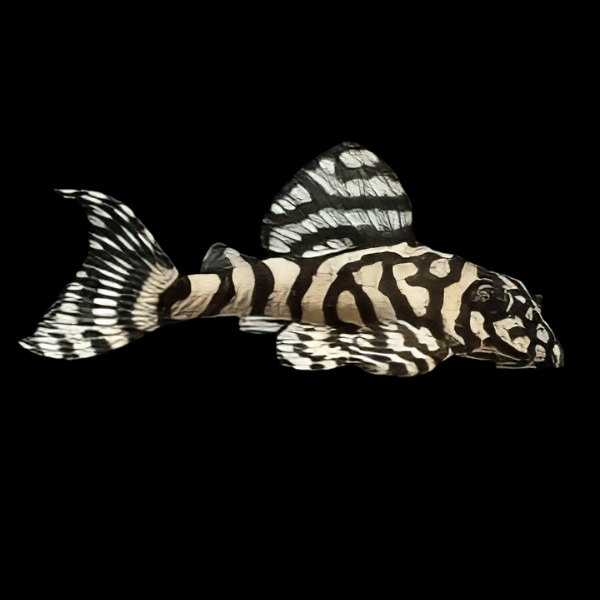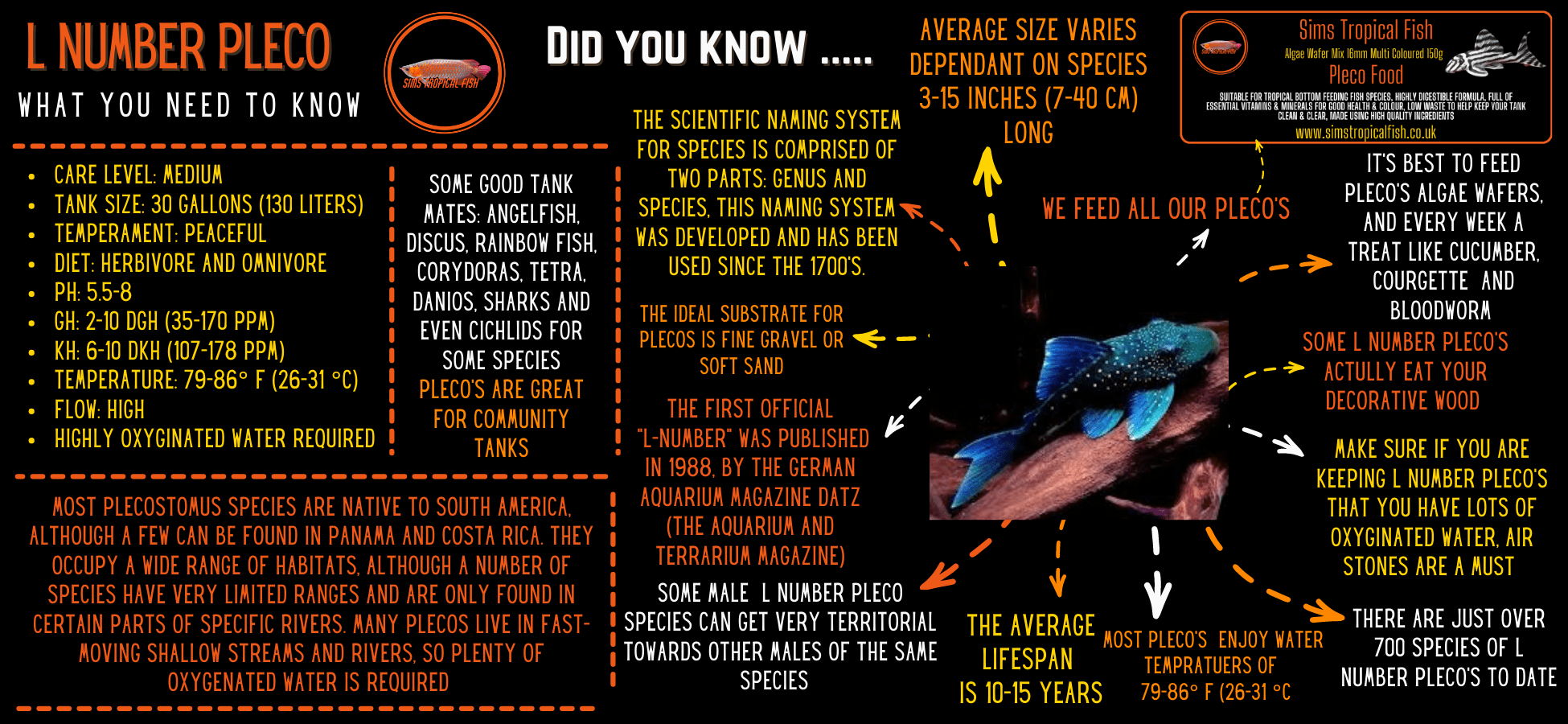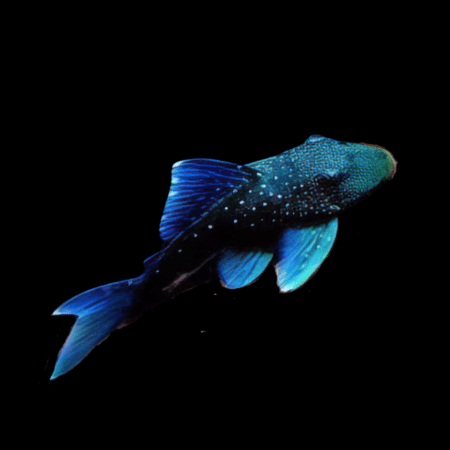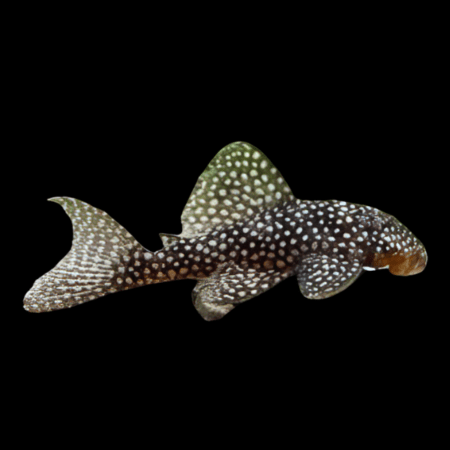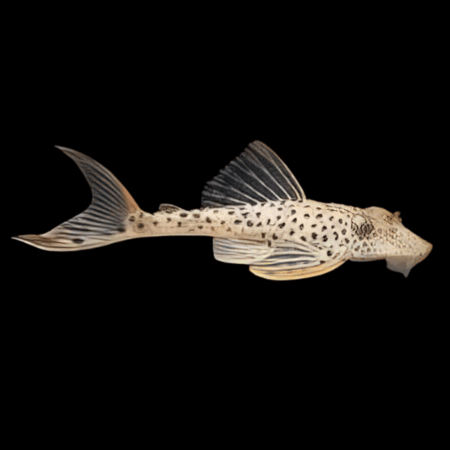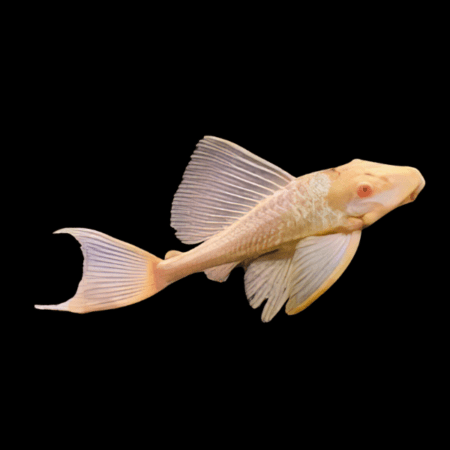Description
L236 Irini Cracked Zebra Pleco Hypancistrus SP
Overview: The L236 Irini Cracked Zebra Pleco is a highly sought-after freshwater fish, renowned for its distinctive black and white ‘cracked’ pattern, resembling a zebra’s stripes but with a unique, fragmented appearance. This species is a part of the Hypancistrus genus, which is known for its beautiful, exotic-looking members. The L236 is relatively rare and commands attention in any aquarium with its striking appearance and peaceful demeanor.
Origin: Native to the soft, acidic waters of the Amazon Basin in South America, the L236 Irini Cracked Zebra Pleco thrives in river environments where it naturally resides among rocky substrates. Its habitat is characterized by fast-flowing water, providing plenty of oxygen and hiding spots among the crevices.
Feeding: Primarily omnivorous, the L236 prefers a diet rich in protein. Offer a variety of foods including high-quality sinking pellets, frozen or live foods such as bloodworms and brine shrimp, and occasional vegetable matter. Feeding should be done in the evening or at night, as they are nocturnal feeders.
Tank Mates: This species is relatively peaceful and can be housed with other peaceful fish of similar size. Ideal tank mates include small to medium-sized tetras, rasboras, and other non-aggressive plecos or catfish. Avoid housing them with large, aggressive fish that may stress or harm them.
Aggression: The L236 exhibits low aggression towards other fish but can be territorial with other members of its species or similar-looking plecos, especially in smaller tanks. Providing a spacious tank with plenty of hiding spots can mitigate territorial behavior.
Experience Level: Due to their specific care requirements and rarity, the L236 is best suited for intermediate to advanced aquarists. Maintaining optimal water conditions and a proper diet is crucial for their health and wellbeing.
Water Parameters:
- Temperature: 26-30°C (78-86°F)
- pH: 6.5-7.5
- Hardness: 6-10 dGH
- Water flow: Moderate to high to mimic their natural habitat
Maintaining stable water parameters and providing a well-oxygenated environment with clean, moving water will help mimic their natural habitat, ensuring the L236 thrives in captivity. Regular water changes and attention to tank cleanliness are essential to keep these exotic beauties healthy.
